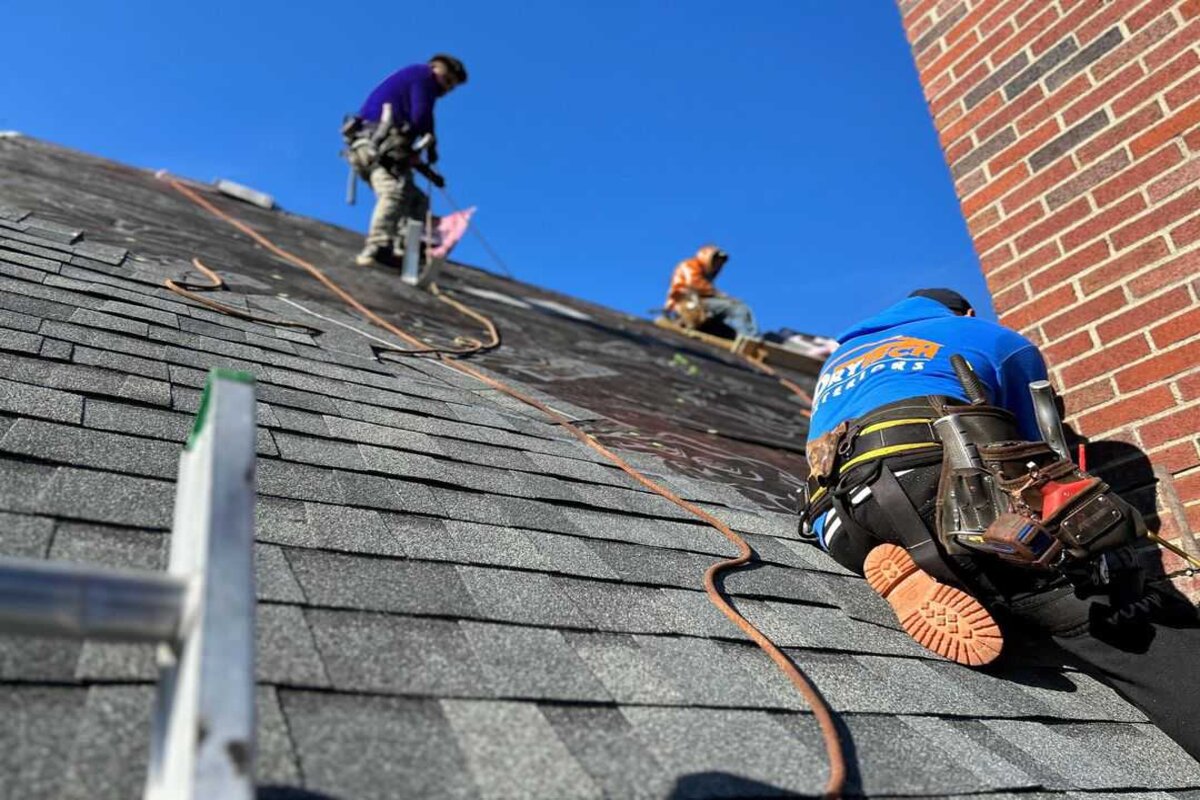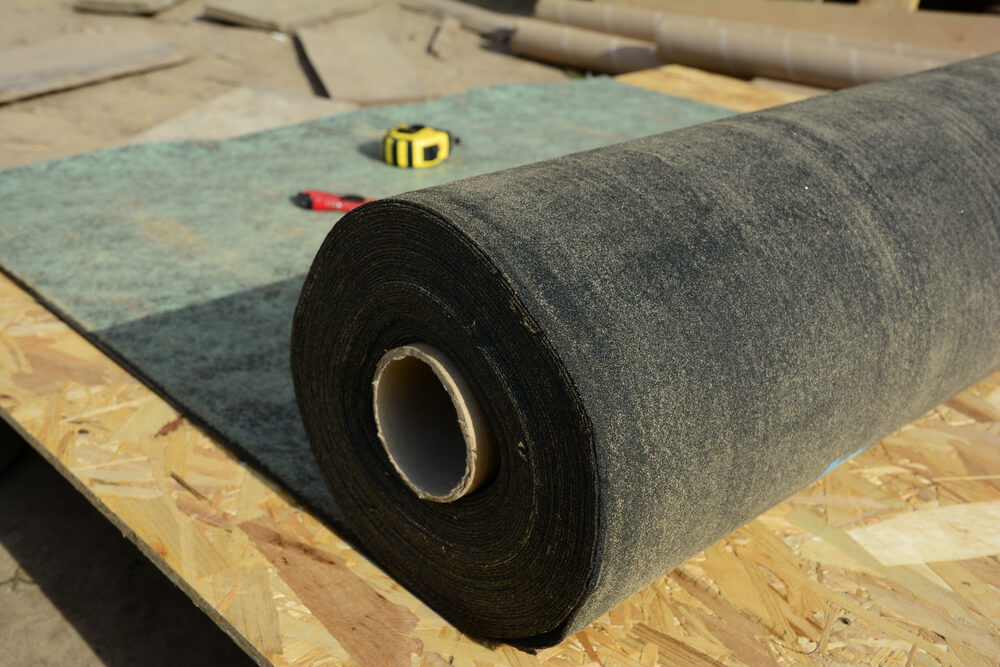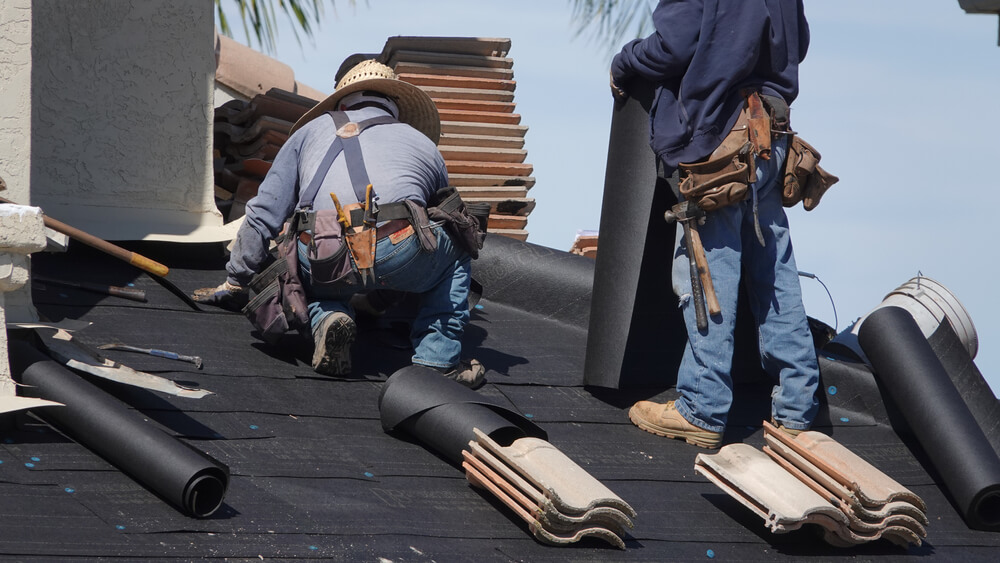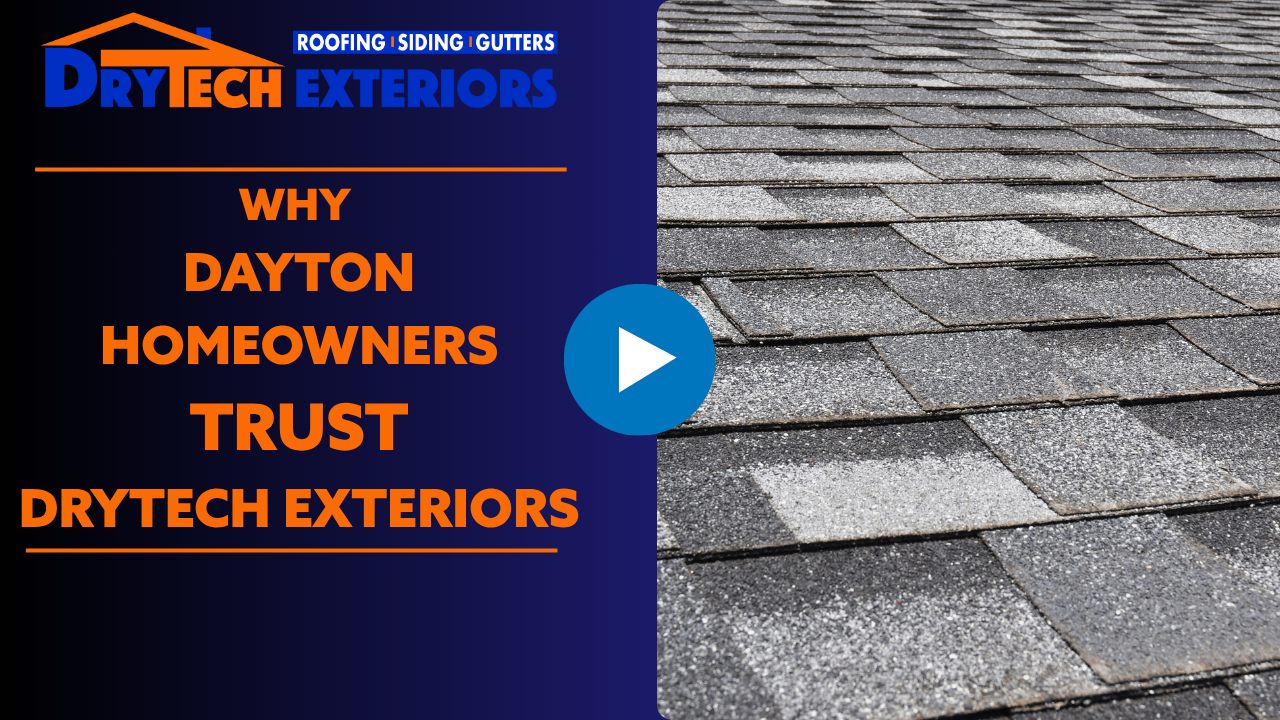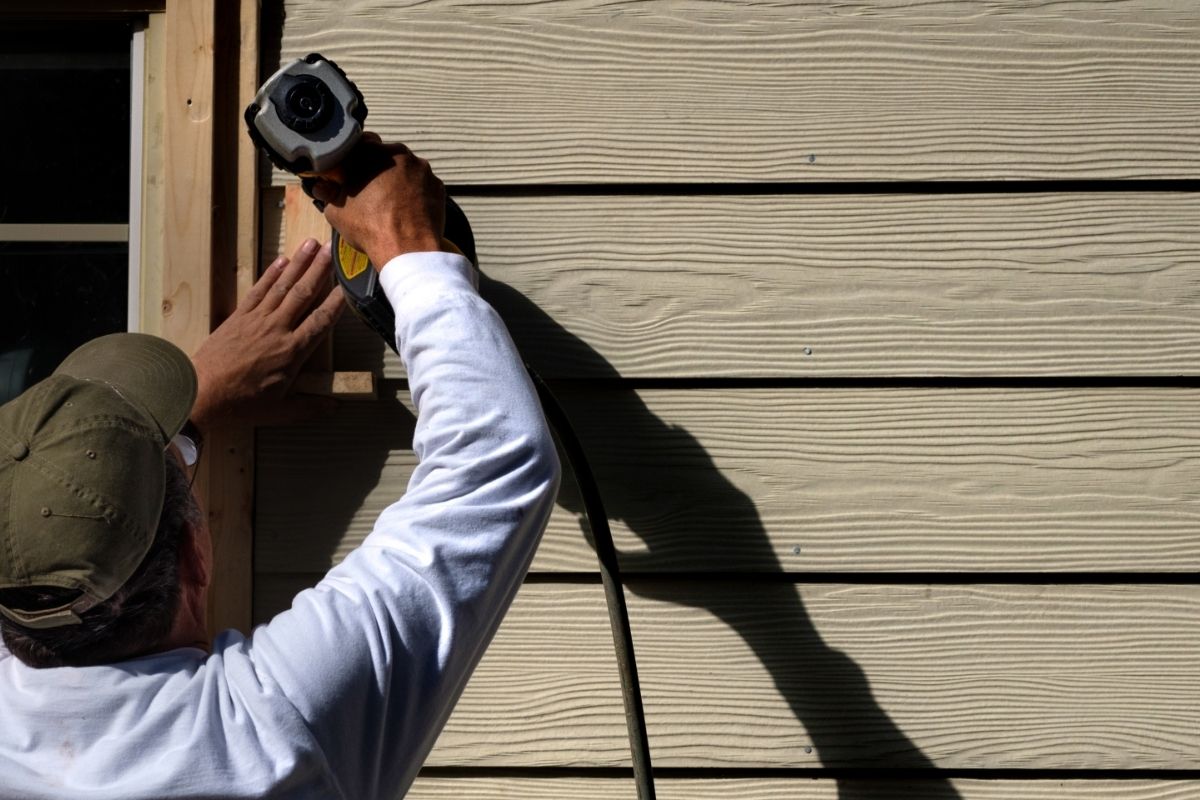The roof of your home serves as the primary barrier against the elements, from scorching summer sun to relentless winter storms. Integral to this defense is the often-overlooked layer known as roof underlayment. This component plays a pivotal role in ensuring the longevity and durability of your roofing system. Understanding its exposure limits is essential for homeowners and builders alike, to safeguard the integrity of the roof and, by extension, the entire structure.
The Role of Roof Underlayment in Home Protection
Understanding its Importance
Roof underlayment is a critical barrier that lies between the raw roof deck and the visible roofing materials like shingles, tiles, or metal panels. Its primary function is to provide an additional layer of protection against water infiltration, which can lead to rot, mold, and structural damage. Moreover, it acts as a secondary defense against wind-driven rain, snow, and ice damming, all of which can compromise the roof’s structure and the home’s interior.
Types and Durability
There are mainly three types of underlayment: asphalt-saturated felt, synthetic, and rubberized asphalt. Each type varies in durability, water resistance, and price point, catering to different roofing needs and preferences. Asphalt-saturated felt, traditionally popular, offers basic protection and is cost-effective. Synthetic underlayments, known for their strength, durability, and resistance to mold and UV light, represent a more advanced option. Rubberized asphalt, with its superior waterproofing capabilities, is ideal for areas prone to extreme weather conditions.
Exposure Limits
General Guidelines
The exposure time of roof underlayment to the elements before the final roof covering is installed varies significantly based on the material type and manufacturer’s specifications. Generally, asphalt-saturated felt should not be left exposed for more than 30 days. Synthetic underlayments, on the other hand, can often withstand exposure for up to 6 months, thanks to their enhanced UV and moisture resistance. Rubberized asphalt products usually fall somewhere in between, with some capable of enduring exposure for up to 90 days.
Factors Affecting Exposure Durability
Several factors can influence how long an underlayment can remain exposed without compromising its performance. These include:
- Weather Conditions: Harsh weather, including prolonged UV exposure, heavy rains, and high winds, can accelerate the degradation of underlayment materials.
- Installation Quality: Proper installation, according to manufacturer guidelines, is crucial. Incorrectly installed underlayment may be more susceptible to damage and reduced effectiveness.
- Geographical Location: The climate of the area where the home is located can affect the durability of the underlayment. Regions with more severe weather conditions may necessitate shorter exposure times.
Best Practices for Maximizing Underlayment Life
To ensure the longevity and effectiveness of the underlayment, consider the following best practices:
- Choose the Right Material: Select an underlayment that best suits your climate and the specific needs of your roofing system.
- Follow Manufacturer’s Recommendations: Adhere strictly to the guidelines provided by the underlayment manufacturer regarding exposure limits and installation procedures.
- Schedule Wisely: Plan the roofing project during a season with mild weather conditions to minimize the risk of long-term exposure and weather damage.
- Regular Inspection: If unforeseen delays occur, inspect the underlayment regularly for signs of wear or damage, and replace it if necessary before installing the final roofing materials.
Conclusion
The question of how long roof underlayment can be exposed is more than a matter of timelines; it’s about ensuring the integrity of your home’s first line of defense against the elements. By choosing the appropriate underlayment, adhering to exposure guidelines, and implementing best practices, you can protect your investment and provide your home with the durable, reliable roof it deserves. For more detailed advice tailored to your specific situation or if you have further questions, don’t hesitate to contact DryTech Exteriors today. Our team of experts is here to guide you through every step of your roofing project, ensuring the best possible outcomes for your home.
